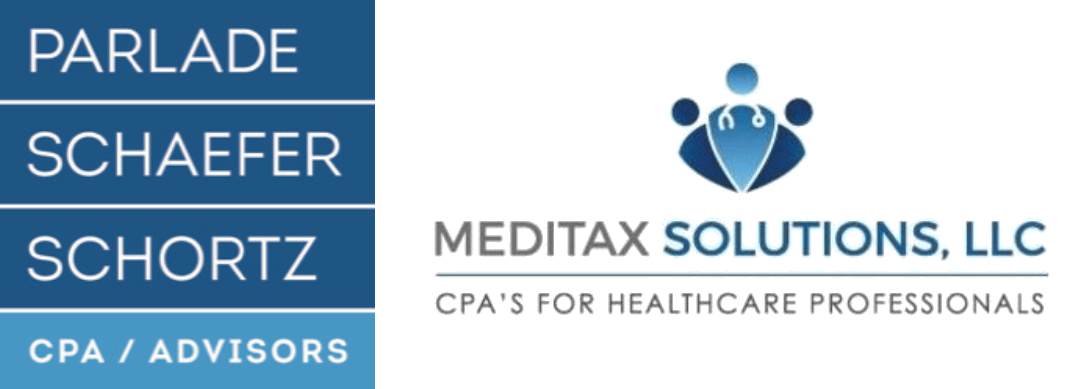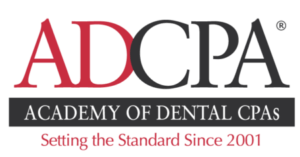2024 New Retirement Contribution Limits
New retirement contribution limits for the 2024 tax year are out. The IRS has released the latest adjustment increases. These are the new contribution limits so you can plan accordingly for the upcoming year and make the most out of your retirement savings.
Most limits were increased for the 2024 tax year to keep up with inflation. You can find the official IRS notice
here or see the breakdown below.
Employer-Sponsored Plans
401(k), 403(b), most 457 plans, and the federal Thrift Savings Plan have increased employee contribution limits by $500, raising the new contribution limit on employer-sponsored retirement plans to $23,000 annually.
The amount individuals can contribute to their 401(k) plans has increased to $23,000, up from $22,500 for 2023. If you are 50 and older, the catch-up contribution limit for employees remains at $7,500 for 2024.
The 401(k), 403(b), and 457 plans total contribution limits for 2024, including employer contributions, is $69,000, and an additional $7500 if you are over 50.
IRA Contribution Limits
Traditional IRAs and Roth IRAs have increased to $7000, up from $6500, with catch-up contributions for those 50 years or older able to contribute an additional $1000 per year.
Deducting IRA Contributions
If you have a work-sponsored retirement plan, you are subject to income thresholds to deduct IRA contributions. However, if you do not have a work retirement plan, these income thresholds do not apply.
Traditional IRA phase‑outs
Single or Head of Household phase-outs increased by $4000 from last year. Phase-out begins between $77,000 and $87,000, up from between $73,000 and $83,000.
Married Filing Jointly
If the person contributing to the IRA also has a workplace retirement plan, the phase-out begins at $123,000 and $143,000, up from between $116,000 and $136,000—a $7000 increase from the previous year. If you have an IRA and your spouse has a workplace retirement plan, phase-out is between $230,000 and $240,000.
Married Filing Separately
If you are married and filing separately with a workplace retirement plan, deductions are phased out between $0 and $10,000.
Roth IRA phase-outs
Limits to deducting Roth IRA contributions have been bumped up by a few thousand this year.
Single or Head of Households
Roth IRA contributions phase-out received an $8000 bump from the previous year, with phase-out beginning at $146,000 to $161,000.
Married Filing Jointly
The income phase-out limits increased by $12,000 for married couples filing jointly, and the phase-out range is now between $230,000 and $240,000.
Married Filing Separately
The phase-out range for a married individual filing a separate return who contributes to a Roth IRA is not subject to an annual cost-of-living adjustment and remains between $0 and $10,000.
Additional contribution limit changes
2024 Health Savings Account Contribution Limits
HSA has increased to $4150 for single people and $8300 for families. Those 55 years and older receive an additional $1000 catch-up.
2024 Flexible Spending Account Contribution Limits
A typical FSA has increased by $150 to $3200.
Plan for a Healthy Retirement
If you’ve been saving for retirement but feel it might not be enough to sustain your desired lifestyle, then now is the time to reconsider your savings strategy with the new contribution limits in mind. Taking steps like maxing out contributions to the extent you can afford and reaping the benefits of compounding interest over time, you too can have a healthy nest egg for when those golden years arrive. Don’t forget you can create IRAs for your children too, creating further tax benefits and getting your kids off to a great start.
We know tax and retirement planning can feel daunting, but with a knowledgeable financial advisor, a solid strategy can be made for you. If you need a Florida retirement planner and tax advisor specializing in the unique needs of doctors and health professionals in South Miami and Punta Gorda, FL, we are here to help; reach
out with questions.






